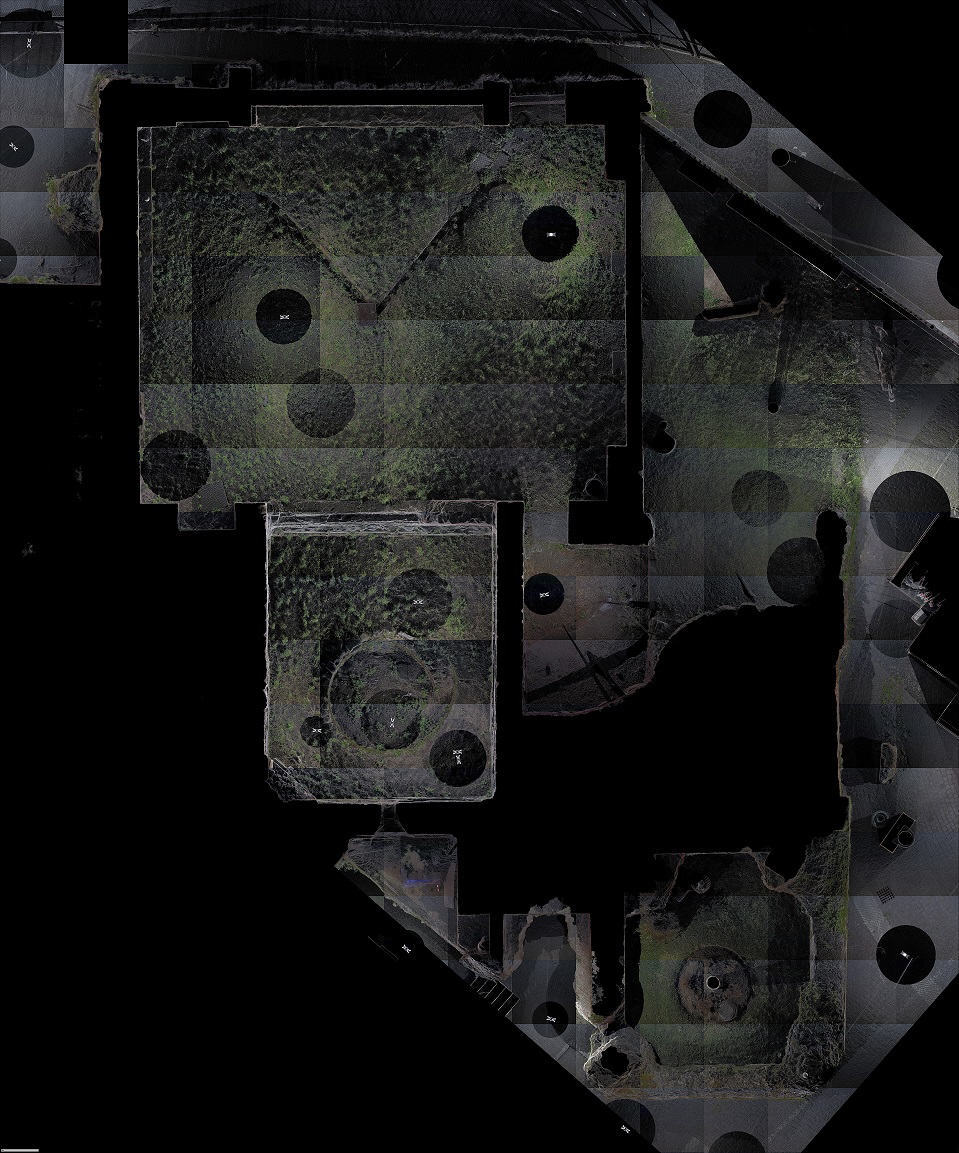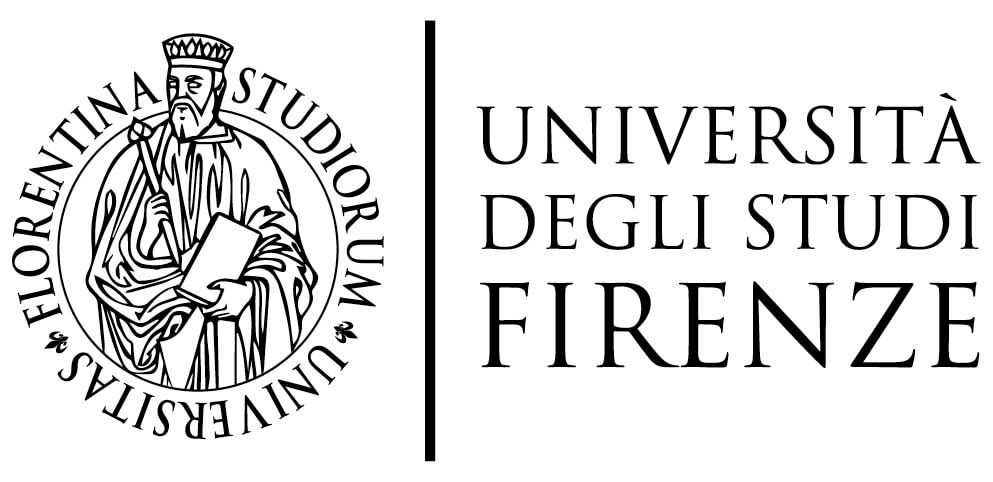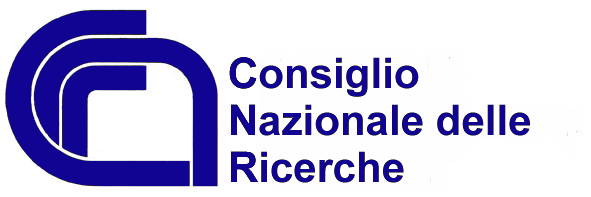SA1.3
Summary of main structural phases
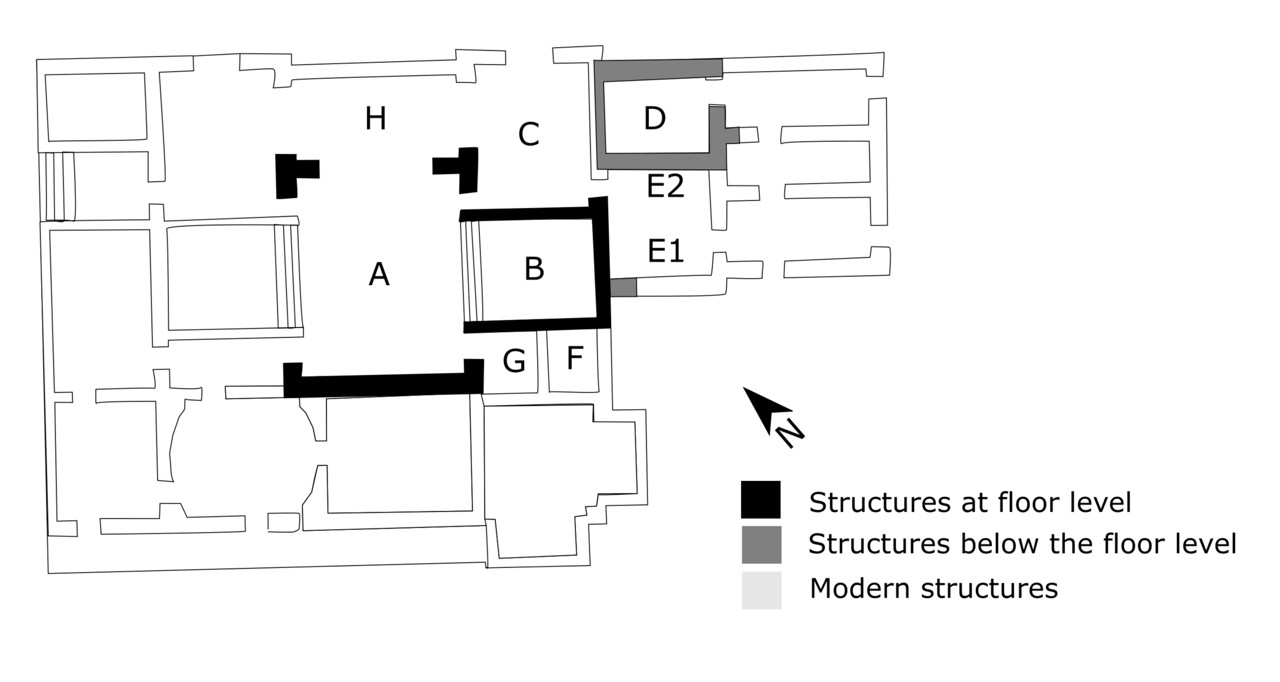
Above: reconstructed plan of the Severan Baths (Ravasi 2023)
The original structures of the so called Severan Baths survive only in small portions (rooms A to F): the northern and southern portions of the building have been demolished for the construction of via Amba Aradam (north) and the buildings of the Pontificia Universitá’ (south). No information about soil stratigraphy survives
Structural Analysis carried out on the surviving buildings has allowed the identificationof three structural phases:
- Phase 1: construction of the bath complex (Severan period)
- Phase 2: repair of the frigidarium (tentatively, Constantinian period)
- Phase 3: disuse of the baths and transformation of the southern pool of the frigidarium into a lime kiln (early medieval)
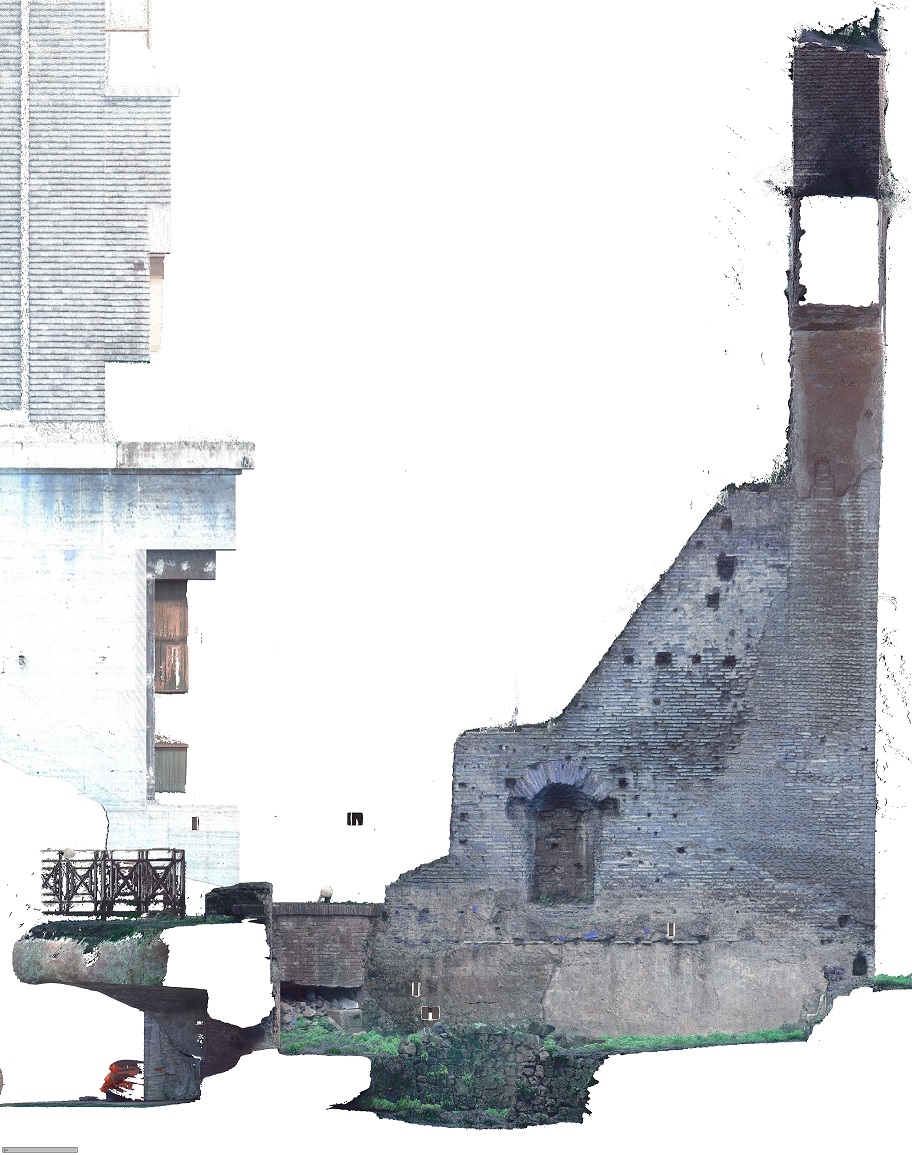
Above: orthophoto of the elevation of the southern piscina of the frigidarium showhing phases 1, 2 and 3 (Ravasi 2023).
References
Colini, A.M. (1944), Storia e topografia del Celio nell’antichità, Atti della Pontificia Accademia Romana di Archeologia, serie III, Memorie, 7. Vatican City, Tipografia Poliglotta Vaticana.
Nogara B. (1938), Atti del V Congresso Nazionale di Studi Romani, 2 (Roma 1935), 2: 34.
Salmi M. (1937), Il restauro di una sala termale romana presso il battistero di S. Giovanni in Laterano, Palladio, 1.2: 74
Stevenson, E. (1877), Scoperte di antichi edifici al Laterano, Annali dell'Istituto di Corrispondenza Archeologica, 49: 332-384.
Aknowledgements
We wish to thank first and foremost colleagues at the Vatican Museums, notably Barbara Jatta, Giandomenico Spinola, Sabina Francini and Leonardo De Blasi for facilitating access to the structures.
- Structural Analysis: David Heslop and the Rome Transformed team
- Database input: David Heslop and the Rome Transformed team
- Interpretation and phasing: Thea Ravasi
- Hydraulic infrastructure: Elettra Santucci
- Scanning and data processing: Iwan Peverett, Alex Turner, Thea Ravasi
- Mortar analysis: Mauro La Russa, Luciana Randazzo, Thea Ravasi, Sofia Vagnuzzi
Thea Ravasi (last updated on 31/10/2023)

